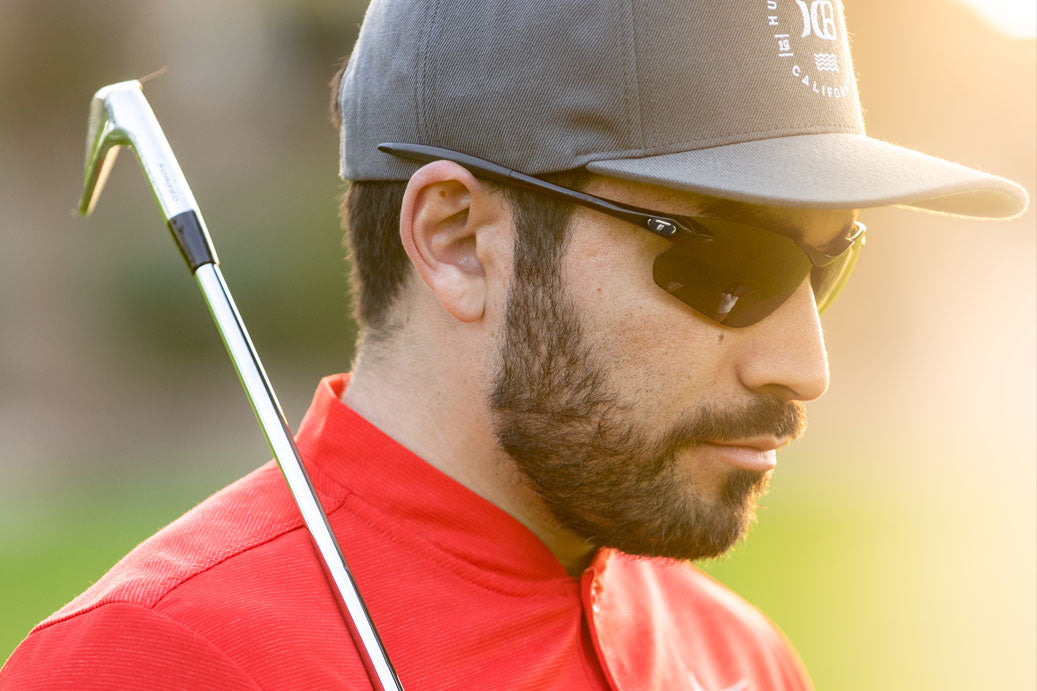Whether you consider yourself a pro-runner or someone who is new to the sport, you may find yourself curious as to how you can see your improvement over time. After all, we are all motivated by progress; it is what keeps us interested in our hobbies and our careers. That is why measuring your progress is crucial to running.
We’ve put together a short guide to help you track your progress and have included the tools and measurements you’ll need to define your success. We become better runners in many ways and this guide can help you get started!
Ways to Measure Your Runs:
-
Improved Times
Objectively, this will be an easy way to tell how your progress has improved or declined (a watch timer can’t lie). -
Measure Your Distance
Measuring whether or not you increased your distance within a set time is a great way to find out how your progress is coming along. This approach allows for you to measure your mileage, which should naturally increase as you get fitter. -
Perception of Determination
This measurement is more mental and subjective but it can tell you a lot about your mental state of mind during your runs. As you run, ask yourself, does this feel easier or harder than before? Pay attention to your body, such as, your breathing rate and fatigue levels. -
Heart Rate
Monitoring your heart rate can gauge your fitness. When your heart rate reduces over time compared to before, this will be a sign of improved fitness levels. A heart rate monitor is needed for this measurement but we’ll talk more about that later.
How to Track Your Running Progress in 3 Steps:
-
Establish a base training route.
A good base route should include a couple of things to test out your endurance and progress. First, find a route that offers a climb as well as decent and a section of flat terrain where you would be able to pick up speed. This will help you measure your times and really test out your perception of determination. Finding a base route may be difficult at first depending on your location, ask other local runners and even retailers for suggestions! -
Over the next two weeks, run this route at a hard competitive pace.
Use the above measurements to note how you performed during your run on your base route. What was your overall time on the route? What was heart rate? Did it feel more difficult than before or easier? -
Keep Testing Yourself
Two times a month run your route while tracking your results. Compare it to your previous measurements to see how you’ve progressed. If you find yourself not improving overall each week, that’s okay! Don’t let it get you down, for example, there are many factors to running and realistically it’s impossible to get faster every week but you should notice improvements over time in other areas.
What You’ll Need on Your Runs:
-
GPS
Most smart watches or phones now have GPS available on them. But there are also many great running apps for smart phones, which you can learn more about here. These apps are usually more precise and keep a log of your past runs which is great for keeping up with your measurements. -
Heart Rate Monitor
There are a lot of heart rate monitors available for runners and some that even come on fitness trackers like smart watches. But if you’re looking for a stand-alone heart rate monitor, this is a great place to start. You can usually find a heart rate monitor by itself for around $50 to $100. -
Hydration
One of the keys to a successful run is to stay hydrated. By keeping your body hydrated you lower your heart rate and prevent fainting or muscle cramps. Be sure to hydrate 30 minutes before you begin your run and, while running, allow yourself short breaks to drink water or a sports drink that will replenish your electrolytes. -
Sunglasses
Sunglasses that offer UV protection are important for days where you run in any type of sun conditions. Whether you run midday or as the sun is setting, you are still prone to the sun’s UV radiation. All Tifosi sunglasses provide 100% protection from harmful UVA and UVB rays and have a glare guard, which reduces eyestrain. If you prefer your runs before the sun rises or evenings once it has set, consider a clear lens that will protect your eyes from insects or debris. -
Sunscreen
If you’re a runner that prefers to run in daylight, sunscreen is a must have. Just as UV rays can hurt your eyes, it can also do damage to your skin. UV Rays strengthen as it gets warmer but are just as harmful in the winter, so be sure to apply sunscreen 15 to 20 minutes before heading outdoors and reapply it every two hours if you stay in the sun.
While this guide will help you measure your progress, keep in mind that every runner is different. Do not get defeated if you find that your results are not what you consider “the best”. Running is a complex sport that requires more than just being fit. A lot of running is mental so remember to breathe, focus, and tell yourself that even slow progress is progress. Now that you have the tools for measuring your progress, what are you waiting for? Get out there and get running!





